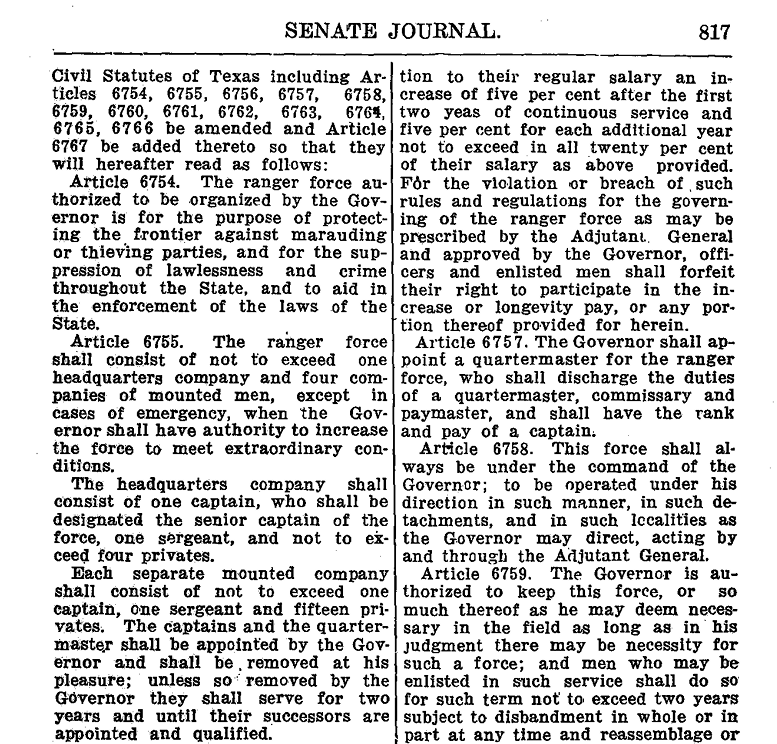#OTD on January 10, 1915, Governor James “Pa” Ferguson began expanding the number of Texas Rangers as a response to “bandit incursions” at the Texas-Mexico border. At the start of the year there were around one dozen Rangers. By 1917 when Ferguson left office there were over 1,000.
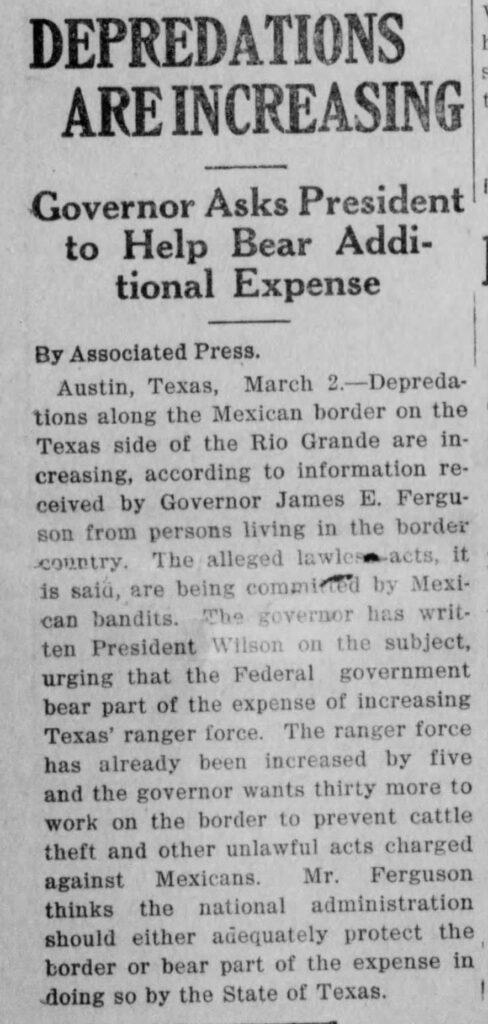
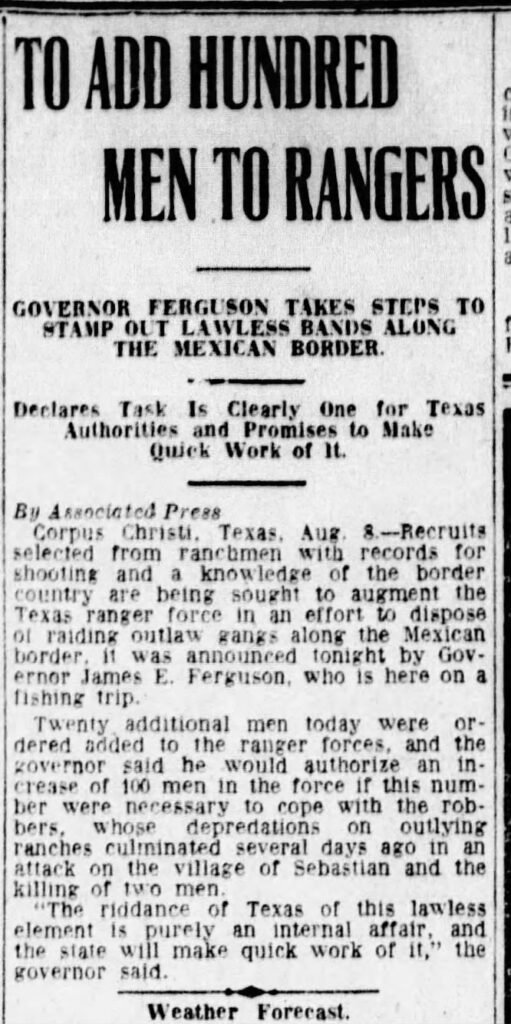
While Ferguson responded to local demands and political pressure, the release of the Plan de San Diego on January 6, 1915, which called for an armed uprising of Mexican-origin people, African Americans, and Indigenous people, also drove this expansion. During Ferguson’s tenure as governor the Rangers also adjusted their corps by having various different levels of Rangers – regular Rangers, Special Rangers (who had the same authority but received no pay), and Loyalty Rangers (who received no training and no pay).

Charles Harris and Louis Sadler interpret Ferguson differently, noting that the “border troubles” encouraged his actions but also that he “thoroughly politicized the Rangers.” They also note that he controlled the Rangers as if they were an extension of the governor’s office.
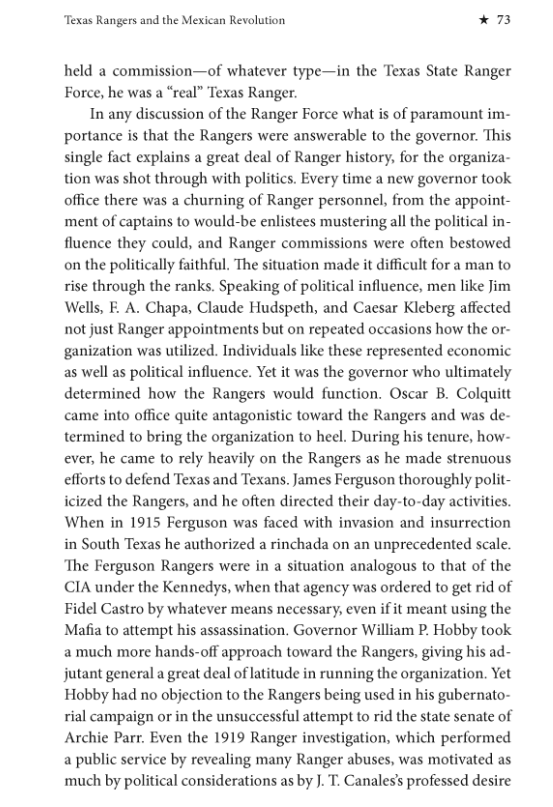
The expansion of the Rangers substantially increased the force’s capacity, as borderlands residents would soon find out. The number of Rangers was not reduced until after the Canales Investigation.
